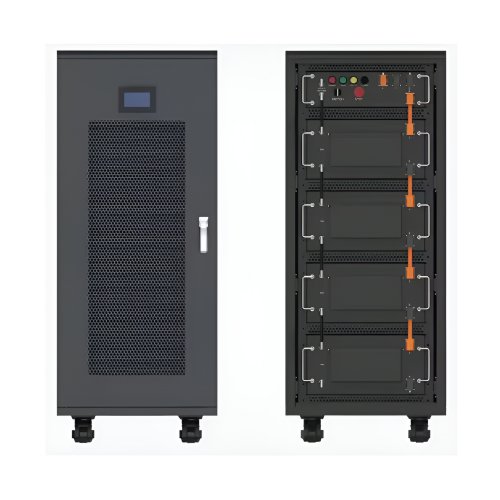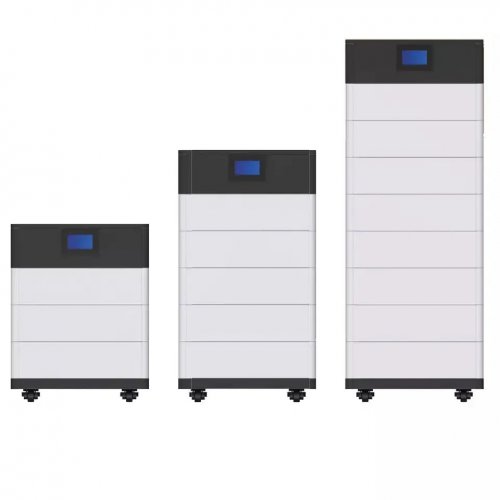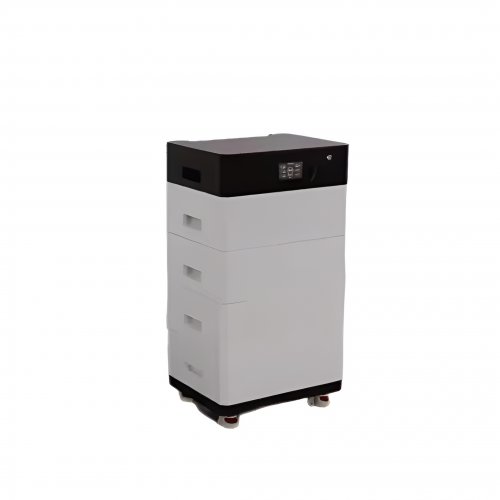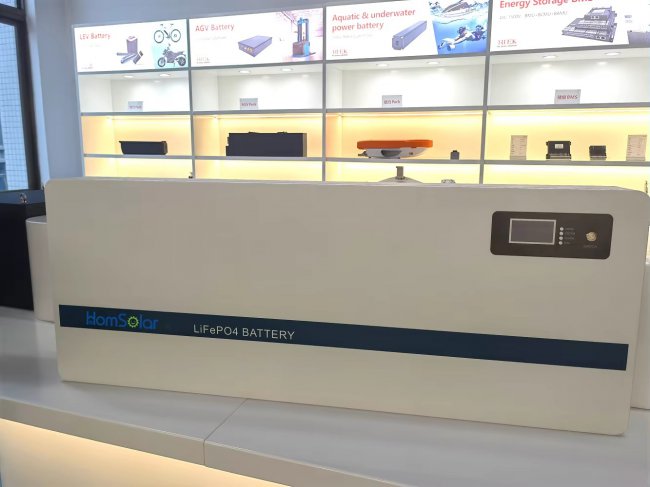How To Use Discharge Rates: A Practical Guide To Measurement And Application
Discharge rates are a critical metric across numerous fields, from managing battery health in electronics to monitoring environmental water flow in hydrology. Fundamentally, a discharge rate quantifies the speed at which a substance (like water or electrical charge) is released from a system over a specific period. Understanding how to accurately measure, calculate, and interpret this rate is essential for optimization, safety, and forecasting. This guide provides a comprehensive overview of how to effectively use discharge rates in various practical contexts.
Understanding the Core Concept
At its simplest, the discharge rate (Q) is calculated using the formula: Q = V / t where ‘V’ represents the volume of substance discharged (e.g., cubic meters of water, ampere-hours of electricity) and ‘t’ represents the time over which the discharge occurs (e.g., seconds, hours).
In more dynamic systems, like rivers, the formula is often expressed as Q = A × v, where ‘A’ is the cross-sectional area of the flow and ‘v’ is its average velocity. In battery technology, discharge rate is frequently expressed as a C-rate, where 1C means the battery will be fully discharged in one hour. A 0.5C rate would discharge it in two hours, while a 2C rate would discharge it in half an hour.
Step-by-Step Guide to Using Discharge Rates
1. Define Your Objective and System:Objective: Clearly state what you want to achieve. Are you determining the remaining runtime of a battery, assessing the flood risk of a river, or evaluating the efficiency of a pump?System: Identify the system you are measuring. Is it a closed electrical system (a battery), an open environmental system (a stream), or a mechanical system (a fuel tank)?
2. Select the Appropriate Measurement Method:For Liquids (Hydrology): Use flow meters such as weirs, flumes, or acoustic Doppler current profilers (ADCPs) to measure velocity. Manually measure the cross-sectional area of the channel.For Electrical Systems (Batteries): Use a multimeter or a dedicated battery analyzer to measure current (in amperes) being drawn. The discharge rate in amperes is often the direct measurement.For General Volumetric Systems: Measure the volume of substance released by capturing it in a container of known volume and timing the event.
3. Gather Accurate Data:Time (t): Use a precise stopwatch or a data logger's internal timer.Volume (V) or Current (I): Ensure your measuring instruments are calibrated and appropriate for the expected range of values. Do not use a low-precision meter for a high-precision task.
4. Perform the Calculation:Apply the relevant formula. For a river, calculate the area (A) and multiply by the average velocity (v) to get flow rate (Q) in m³/s.For a battery, if you measure a constant current draw of 2 amps from a 10Ah battery, the discharge rate is 2A, or 0.2C. The estimated runtime is 10Ah / 2A = 5 hours.
5. Analyze and Interpret the Results:Compare your calculated discharge rate to known benchmarks. Is the river level above flood stage? Is the battery draining faster than the manufacturer's specification?Use the data for your intended purpose: predicting an event, diagnosing a problem, or planning a operation.
Practical Tips and TechniquesContinuous Monitoring: For critical systems, don't rely on a single measurement. Use data loggers to track discharge rates over time. This reveals trends, peak periods, and anomalies that a spot-check would miss.Understand C-Rates for Batteries: A higher C-rate often leads to lower total energy output due to increased internal resistance and heat generation. For longest battery life, use the manufacturer's recommended continuous discharge rate.Account for Variables: In hydrology, water discharge rates are rarely constant. They change with precipitation, snowmelt, and tides. Take multiple measurements under different conditions for a complete picture.Use the Right Tools: Investing in accurate sensors and calibrated equipment drastically improves reliability. For example, an inexpensive battery tester might give a rough voltage reading, but a professional analyzer provides precise current and capacity measurements.Normalize Your Data: When comparing systems of different sizes, use relative discharge rates. For instance, comparing the discharge rate of a small stream to a large river is not useful unless you normalize it by the watershed area, creating a unit discharge value.
Important Considerations and Safety NotesSafety First: Working with electrical systems (especially high-voltage batteries) and flowing water poses significant hazards. Always wear appropriate Personal Protective Equipment (PPE) and follow established safety protocols. Never work alone in hazardous environments.Calibration is Key: Uncalibrated equipment will provide misleading data, leading to incorrect conclusions and potentially dangerous decisions. Establish a regular calibration schedule for all measuring devices.System Impact: The act of measuring can affect the system. Placing a flow meter in a small stream can disrupt the flow and alter the very rate you are trying to measure. Minimize your instrument's interference.Environmental Factors: Temperature drastically affects discharge rates. Batteries discharge faster in cold weather. Fluid viscosity changes with temperature, affecting flow rates. Always note environmental conditions during measurement.Data Integrity: Be aware of potential errors like instrument drift, parallax error in reading gauges, and the assumption of a uniform flow velocity. Acknowledging potential error margins makes your analysis more robust.
By meticulously following these steps and considerations, you can transform the abstract concept of a discharge rate into a powerful, actionable tool. Whether you are optimizing the performance of a device, conserving natural resources, or ensuring operational safety, mastering discharge rates is a fundamental skill for effective system management.
Customized/OEM/ODM Service
HomSolar Supports Lifepo4 battery pack customization/OEM/ODM service, welcome to contact us and tell us your needs.


HomSolar: Your One-stop LiFePO4 Battery Pack & ESS Solution Manufacturer
Our line of LiFePO4 (LFP) batteries offer a solution to demanding applications that require a lighter weight, longer life, and higher capacity battery. Features include advanced battery management systems (BMS), Bluetooth® communication and active intelligent monitoring.

Customised Lithium Iron Phosphate Battery Casing
ABS plastic housing, aluminium housing, stainless steel housing and iron housing are available, and can also be designed and customised according to your needs.

HomSolar Smart BMS
Intelligent Battery Management System for HomSolar Energy Storage System. Bluetooth, temperature sensor, LCD display, CAN interface, UART interface also available.


Terminals & Plugs Can Be Customized
A wide range of terminals and plugs can be customised to suit the application needs of your battery products.

Well-designed Solutions for Energy Storage Systems
We will design the perfect energy storage system solution according to your needs, so that you can easily solve the specific industry applications of battery products.



About Our Battery Cells
Our energy storage system products use brand new grade A LiFePO4 cells with a battery lifespan of more than 4,000 charge/discharge cycles.



Applications in Different Industries
We supply customized & OEM battery pack, assemble cells with wiring, fuse and plastic cover, all the cell wires connected to PCB plug or built BMS.
Applications: E-bike, Electric Scooter, Golf Carts, RV, Electric Wheelchair, Electric Tools, Robot Cleaner, Robot Sweeper, Solar Energy Storage System, Emergency Light, Solar Power Light, Medical Equipment, UPS Backup Power Supply.
We can provide you with customized services. We have the ability to provide a vertical supply chain, from single cells to pack/module and to a complete power solution with BMS, etc.


HomSolar (Shenzhen) Technology Co., Ltd
























